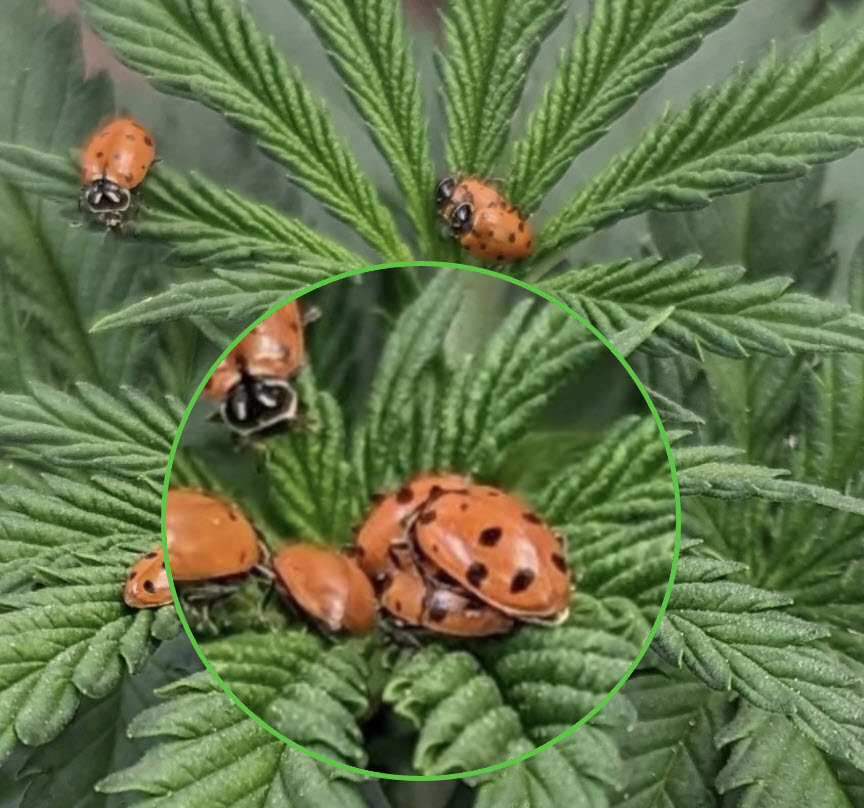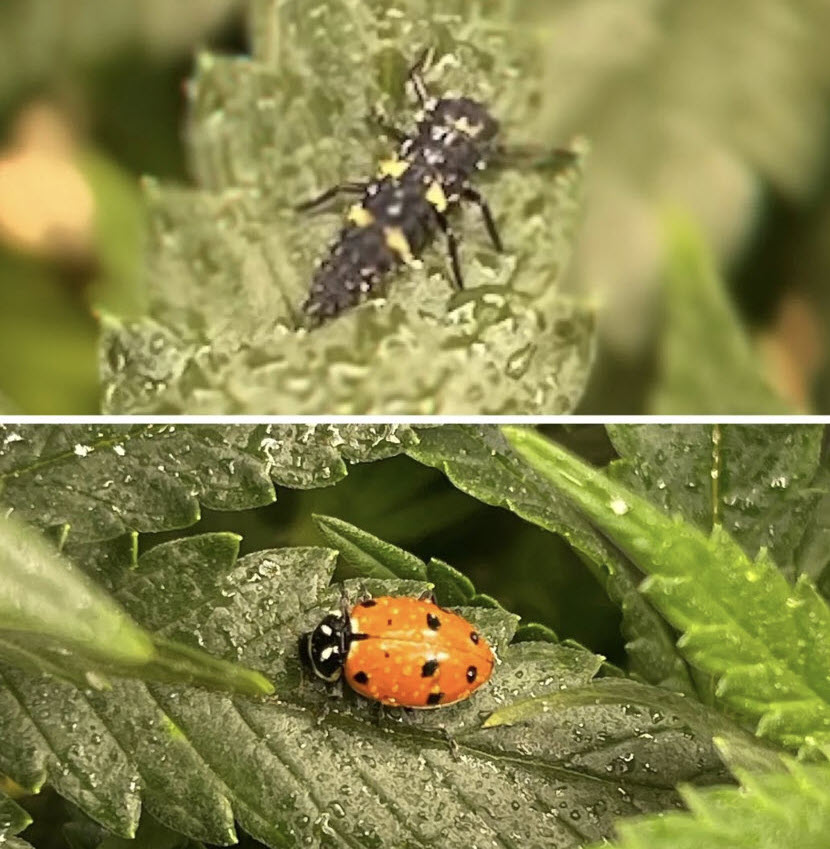Pest Management Best Practices for Indoor Home Growers
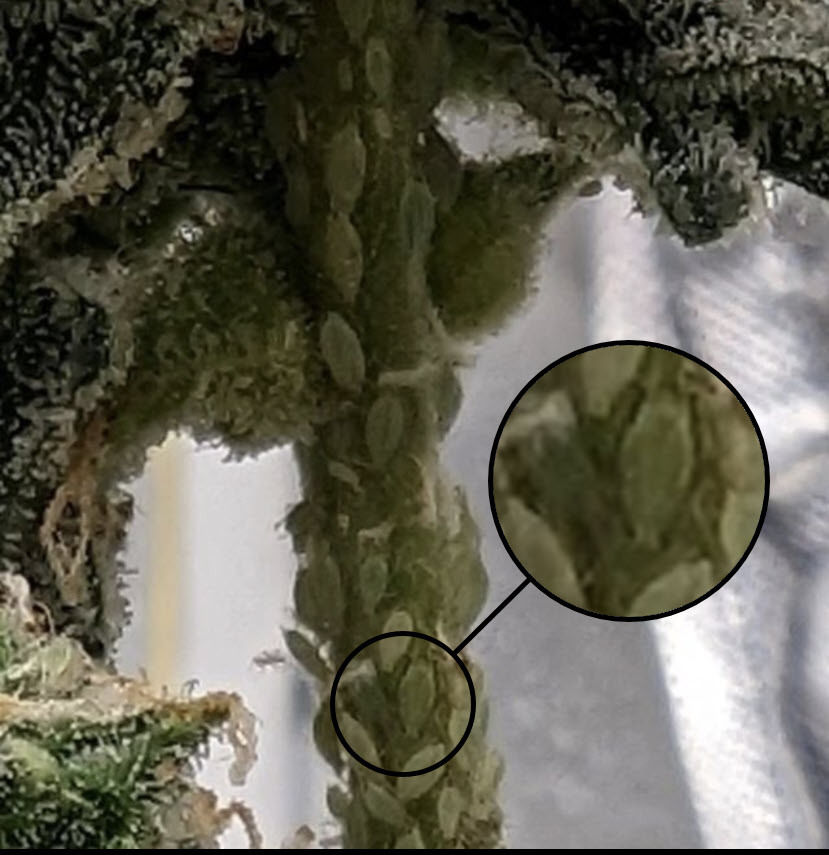 (Aphid Infestation)
(Aphid Infestation)
Growing indoors provides some natural barriers against pests, but indoor setups are not immune to infestations. Indoor growers face specific pest challenges due to the warm, humid environments that support plant growth and also create ideal conditions for pests. Adopting a proactive approach to pest management is essential for maintaining healthy plants and successful harvests.
1. Understand Common Indoor Pests
Indoor gardens are most vulnerable to small, resilient pests that can quickly multiply, such as spider mites, aphids, thrips, and fungus gnats. Learning to recognize these pests and understanding their life cycles is the first step in an effective management plan. Regular inspections, ideally with a magnifying tool, help catch any pest presence early.
2. Maintain a Clean Growing Environment
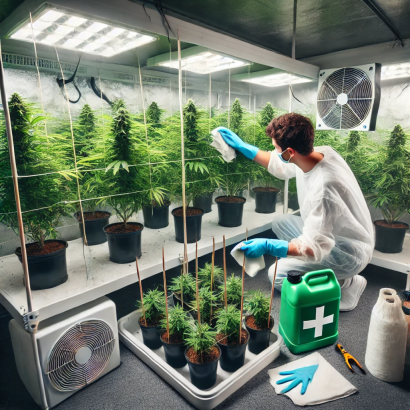
A clean environment minimizes pest invasions and limits breeding grounds:
- Regularly Clean Surfaces: Wipe down plant pots, grow trays, shelves, and surrounding surfaces.
- Control Leaf Litter: Dead plant material on the ground can attract pests. Remove any fallen leaves or plant debris to prevent pests from hiding and breeding.
- Sanitize Tools: Always sterilize gardening tools after each use to avoid transferring pests from one area or plant to another.
3. Monitor Plants Regularly
Frequent monitoring of plants for signs of pests is a critical preventative practice:
- Check Undersides of Leaves: This is where pests like spider mites and aphids tend to hide. Look for small spots, webs, or other irregularities.
- Look for Signs of Damage: Discoloration, holes, curled leaves, or webbing are common indicators of pest problems. Acting promptly when damage is minor can prevent a full-scale infestation.
4. Control Temperature and Humidity
Temperature and humidity play a significant role in pest management. Many pests, like spider mites, thrive in hot and dry conditions, while others, like fungus gnats, prefer higher humidity. Use fans, dehumidifiers, or heaters as necessary to keep temperature and humidity levels optimal for plants but unfavorable for pests.
5. Practice Plant Quarantine
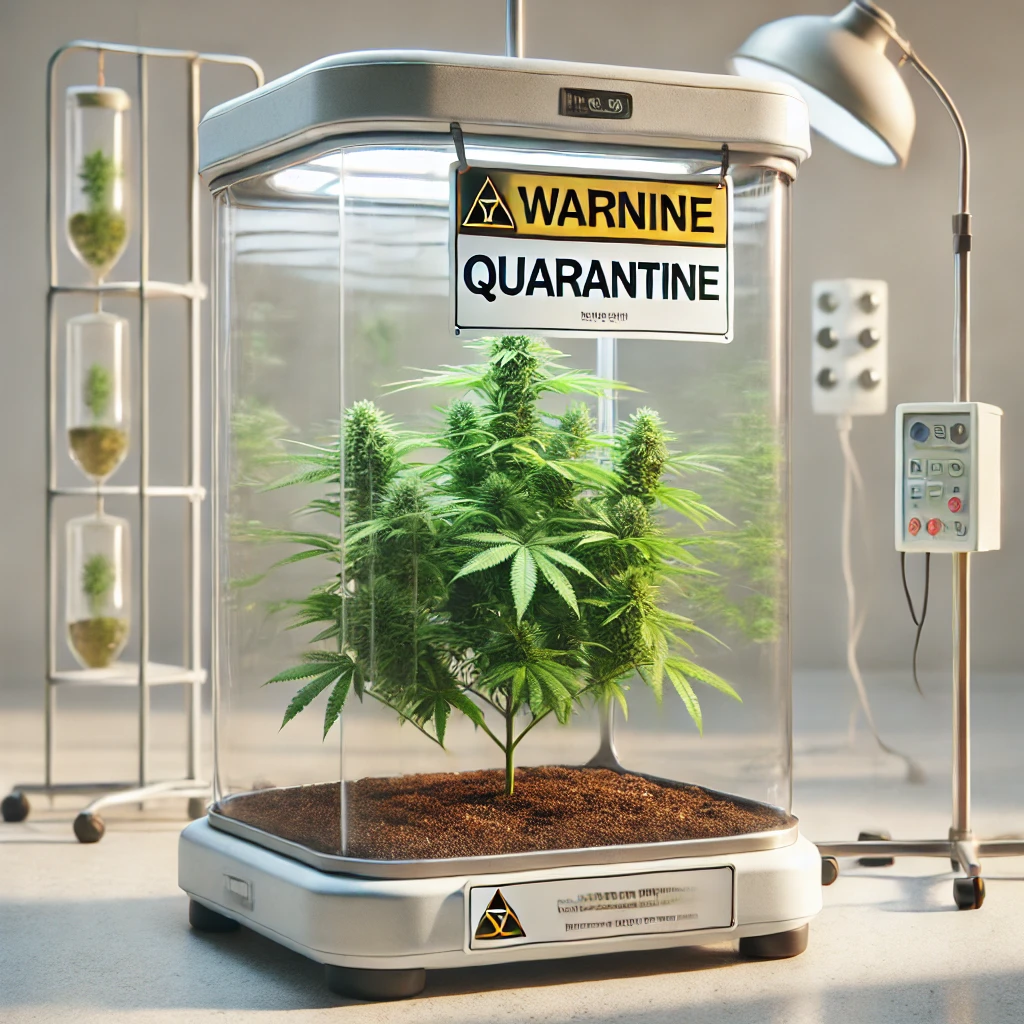
One of the most effective ways to prevent pest infestations is to isolate any new plants before introducing them to your main grow area. Even if a plant appears pest-free, it may still harbor eggs or spores that could later hatch or grow into a problem. A two-week quarantine period is generally sufficient.
Dos and Don’ts of Pest Management for Indoor Growers
Knowing what to do and what to avoid can make or break your pest management efforts. Here are some key dos and don’ts to help maintain a pest-free indoor garden.
Dos
- Do Use Sticky Traps: Yellow sticky traps are excellent tools for monitoring flying pests like fungus gnats. They provide early signs of infestations and help control pest numbers.
- Do Prune Wisely: Prune overcrowded plants to improve airflow and reduce hiding spots for pests. Good air circulation can also lower humidity, which discourages certain pests.
- Do Encourage Natural Predators: In an indoor environment, controlled use of predatory insects, like ladybugs and predatory mites, can help keep pest populations in check without the need for chemicals.
- Do Rotate Pesticides Carefully: If you choose to use pesticides, avoid using the same one repeatedly. Pests can develop resistance to certain chemicals over time, so alternating between products can help prevent this.
- Do Monitor for Stress: Healthy plants are less likely to become infested. Make sure your plants are receiving adequate light, water, and nutrients, as stressed plants are more vulnerable to pests.
Don’ts
- Don’t Overwater: Overwatering creates conditions conducive to fungus gnats and mold. Let the top layer of soil dry out between watering to discourage fungus gnat larvae.
- Don’t Use Harsh Chemicals Indoors: Avoid harsh chemical pesticides, as they can be harmful to the indoor environment, pets, and beneficial microbes in the soil. Opt for natural insecticides like neem oil, insecticidal soaps, or organic sprays.
- Don’t Ignore Early Warning Signs: When you see early signs of pest presence, act quickly. Small infestations are much easier to manage than larger ones.
- Don’t Move Affected Plants Without Precaution: If you move a pest-affected plant, isolate it immediately and clean the area it was in. Pests can quickly spread from plant to plant, so contain the problem as much as possible.
- Don’t Use Outdoor Soil Indoors: Outdoor soil can introduce pests and diseases into your indoor setup. Use sterilized potting soil or hydroponic mediums that are free from pests.
Recommended Predators for Pest Control
When it comes to natural pest control, introducing beneficial insects is a fantastic method that keeps pest populations in check without relying on chemicals. Here are two effective predators for indoor grows:
1. Ladybugs (Hippodamia convergens)
Ladybugs are voracious eaters of aphids, one of the most common indoor pests. A single ladybug can consume up to 50 aphids per day. They also feed on spider mites, thrips, and other small soft-bodied insects.
- How to Use: Release ladybugs near affected plants in small numbers. Make sure they have a steady food supply (like aphids) to keep them interested in staying.
- Benefits: Ladybugs are non-toxic, safe for the indoor environment, and effectively control a variety of soft-bodied pests.
- Considerations: They may try to escape if food becomes scarce, so use them only in areas with active infestations.
- Reproduction: Ladybug larvae are highly effective in pest control, as they consume large quantities of aphids, mites, and other harmful insects. Their rapid, intense feeding stage helps protect plants from infestations early, creating a healthier and more resilient grow environment.
2. Predatory Mites (Phytoseiulus persimilis)
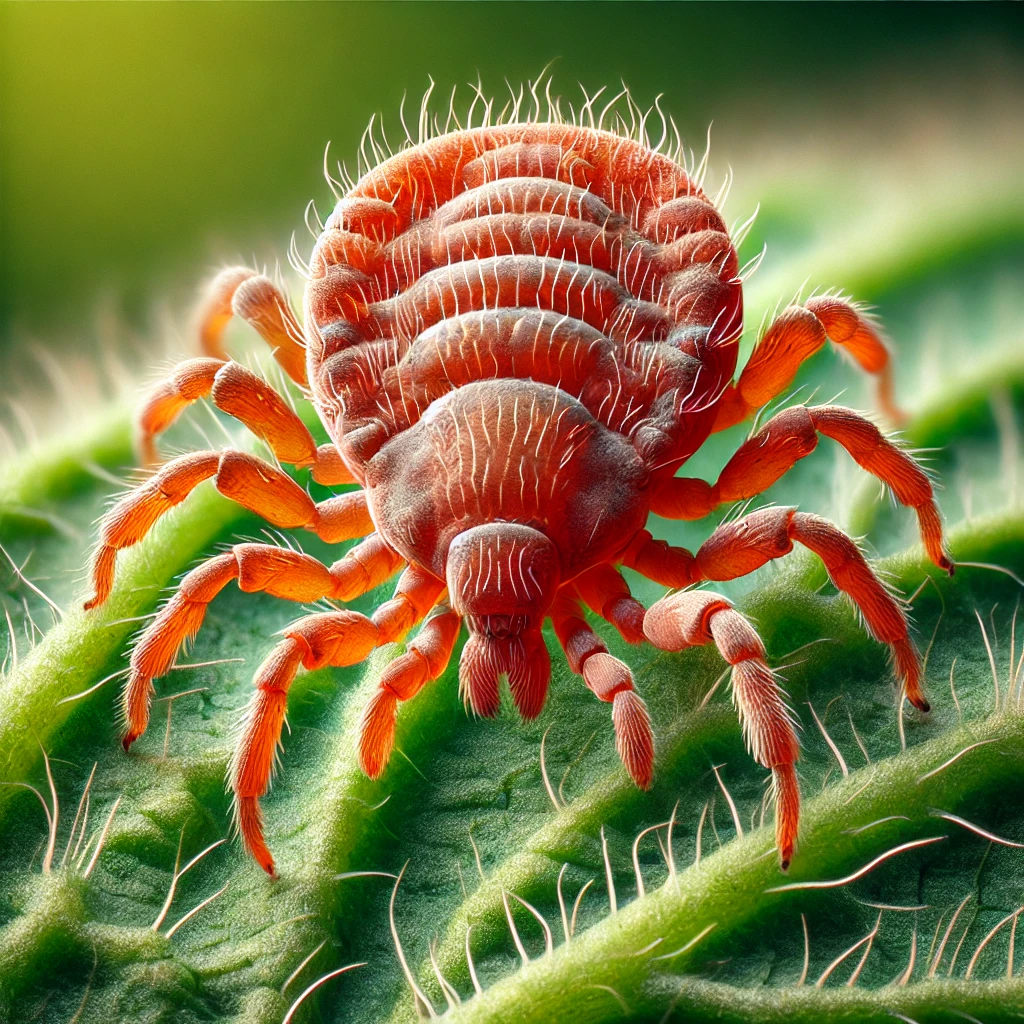
Predatory mites are highly effective at controlling spider mites, which can be a major indoor pest. They are specialized predators that target spider mite larvae, nymphs, and adults.
- How to Use: Introduce predatory mites on plants infested with spider mites. They can be released directly onto the plant foliage, where they will seek out and consume spider mites.
- Benefits: Predatory mites work quickly and can significantly reduce spider mite populations without harming plants. They are also unlikely to leave the grow area, as they only eat spider mites.
- Considerations: They are most effective in warm, humid environments (around 70-85°F with 60-90% humidity), which is a suitable range for many indoor setups.
Integrating Predator Use with Other Pest Control Methods
Beneficial predators are an excellent addition to an integrated pest management (IPM) plan. To maximize their effectiveness, combine them with other preventive strategies:
- Use Predators Early: Release predators at the first sign of pests. They work best when pest populations are low, as they prevent rapid infestations.
- Avoid Pesticide Use Before Release: If you plan to use predatory insects, avoid spraying insecticides on the plants beforehand, as residues can harm the predators.
- Monitor Progress: After introducing predators, keep track of pest populations to ensure the method is effective. If pest numbers are still high after a week, consider adding more predators or using supplementary methods like neem oil.
Conclusion
Pest management in indoor growing environments is a multi-step approach that includes prevention, early detection, careful control of environmental conditions, and the strategic use of beneficial insects. By following best practices and incorporating natural predators like ladybugs and predatory mites, indoor growers can effectively manage pest issues and ensure a healthy, productive grow space. Remember, the goal is not just to eliminate pests but to create a balanced ecosystem where plants can thrive without the constant threat of infestation. Consistency and vigilance are the keys to maintaining a pest-free indoor garden, so make pest management a regular part of your growing routine.
